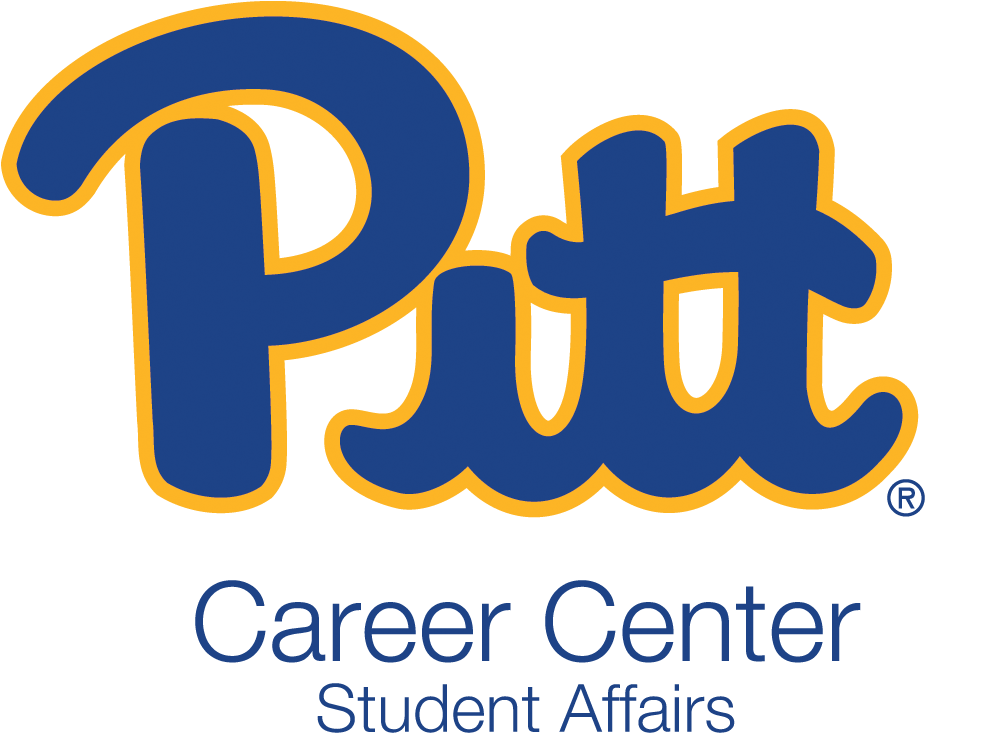
It should come as no surprise that staffing shortages in K-12 schools continue to plague districts nationwide. A recent survey conducted by the National Education Association (NEA), the nation’s largest union, indicated that 55% of teachers now plan to resign or retire from the profession they love earlier than expected.
This is alarming news as campuses across the country struggle to staunch staffing shortages unlike any they have ever experienced. And teachers aren’t the only ones considering different professions. School staff, such as front office employees and school nutrition workers, are also in short supply.
This is leaving stakeholders in the education industry asking themselves, What do we do?
There are some hiring trends to look out for in 2022 to remain competitive, but before we get to those, let’s dive into what caused the shortages in the first place.
What is causing staffing shortages in K-12 education?
Well before 2020, teachers were leaving due to education system-related issues. And yet the events of the last two years have simply exacerbated problems that already existed, causing many educators to follow through on an idea to look for another profession.
Beyond that, during the 2021-2022 school year, shortages were caused by teachers getting sick or needing to take care of a loved one. Some schools have resorted to operating with approximately 40% substitute fill rates. This creates a tremendous strain on the educators who are still on campus covering over-stretched classrooms. Most teachers report that burn-out is the main reason behind this mass exodus.
What can we do to entice new hires to public education?
You’ve likely heard this before, but candidates rule the job market in 2022. What does that mean for you? It means it’s time to get competitive to draw the high-quality, experienced candidates you’re looking for. From filling leadership roles to school food service positions, it’s time to show your community why a job in public education is worth their while.
We’ve rounded up some hiring trends you can expect for in 2022 so district administrators can stay ahead of the curve.
Hiring Trends That Can Help Fill Your Open Positions
Focus on Improving the Day-to-Day Work Experience
What your team needs is support, and giving them the tools for success is one way to facilitate that. For central office heroes, reporting and paperwork are an essential part of their job.
An intuitive system like LINQ ERP provides your accounting team with a budget builder, your payroll team with easy online payments, and your human resources team with an employee self-service option. Make work tasks as time-effective as possible so that your staff is able to fulfill their duties with ease.
Make Menu Planning and Reporting Simple
School nutrition workers have an important job – feeding young minds so that they’re ready to learn. In addition to preparing nutritious meals, they also have to plan menus, keep up with inventory, submit monthly reporting among other things.
Each of these tasks take up a lot of time and energy that could be focused on ensuring they are preparing the most delicious and nutritious meals.
Imagine if they had access to one-screen menu planning and simple reporting with a single system that is fully integrated with the district. Wouldn’t that be amazing? It is possible with LINQ’s TITAN system, the industry’s only comprehensive nutrition program management solution. Give your employees valuable time back, allowing them to focus on what’s most important.
Promote Internally
Want to know who makes the best school administrators? Teachers. Need someone to be in charge of directing the school nutrition program? Who better than a food service worker who has intimate knowledge of the day-to-day operations of a nutrition program?
A lack of growth opportunities is another reason why employees are leaving their jobs. Showing your team there is a pathway to other positions within your district is a great way to increase retention and answer some staffing shortages in K-12 schools.
Flexibility Is the Name of the Game
This is a term we’ve heard so much over the last two years, but it was in relation to changes outside of our control. Now, leaders are being given the chance to define flexibility in a traditionally routine-based system: education.
While there is only so much flexibility that can be given, it can be done in simple, yet meaningful ways. Here are some things to consider:
- Allow teachers to leave before the dismissal bell to make it to an appointment on time
- Cover your teachers’ classes for an hour so they can attend parent-teacher conferences
- Allow nutrition workers to have varying shifts so one person isn’t on the clock all day
Flexibility can take many forms. All it takes is a little creativity to find what works for you and your team.
Set New Employees up for Success
Both you and your new employees have something in common: you both want them to succeed in their new role. To do that, make sure that they feel supported throughout the onboarding process.
Take advantage of automated systems like LINQ’s Forms and Workflows system, which allows new employees to complete onboarding paperwork and get set up for success from their very first day.
Offering support beyond those initial days on the job is imperative as well. Invest in a mentorship program and offer incentives to those seasoned employees who are willing to share their knowledge and ensure that the new employee feels like part of the team.
Hiring Trends May Quell Staffing Shortages in K-12 Schools
If there is one thing we can take away from the wave of resignations, it’s that the public education system is in need of serious reform. That kind of change can take years, and that is vital time students in classrooms simply can’t afford.
In the meantime, take measures that directly impact the daily work experience. Consider giving your team the tools they need to be effective and setting new employees up for success from day one. Doing so can help bring in new talent and retain those who are still in schools, anxiously awaiting a change.

